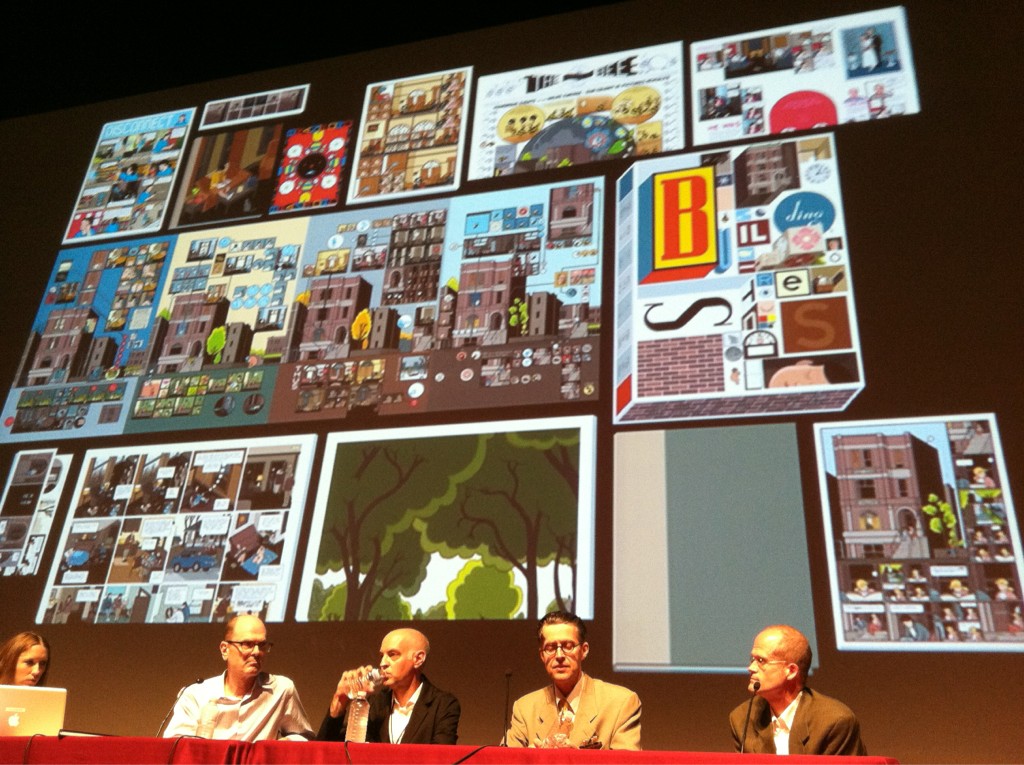


It felt like life and how we arrange it, in a way. All of which hopefully makes for a more interesting and less predictable book.Īre you very interested in plot? I ask this because "Building Stories" really feels like a collection of events and memories and not something that has a plot running through it. The format of the book became apparent about three years into it, and the original idea to break apart the story around the inhabitants of the building-loosely inspired by Krzysztof KieÅ›lowski's ten-part "Decalogue" film-gradually changed as it became clear that the entire story was being filtered through the consciousness and mind of the woman who lives alone on the top floor of the building. The New York Times' "Funny Pages" chapter appeared a few years later, and after it'd become clear that the original idea had metastasized into a longer book, I continued doing strips for the magazine "nest," "The New Yorker" and anyone else who asked me, though there are about 50 or more pages in this book that haven't appeared anywhere before. Conversant in neither, and not tempted by the idea of lettering anything twice, I did a series of mostly-wordless stories about the inhabitants of an 1890s Chicago apartment oriented around the four floors of the building and the seasons of the year. Ware, who is a guest at the Brooklyn Comics and Graphics Festival this Saturday in Williamsburg, Brooklyn, spoke with CBR News about his latest project.Ĭhris Ware's "Building Stories" is available nowĬhris Ware: The story started as a series of one-shot strips in 2001 for a Swiss magazine named "Hangar 21," the regular requirement of which was that each be lettered in both French and German. Instead of a single volume, it is a collection of pamphlets and books telling a nonlinear story centered around a small apartment building and its residents. His new book, more than a decade in the making, is "Building Stories." Calling this project a 'book' is perhaps misleading. Since then, Ware has continued creating comics while working as an illustrator and cover artist for many publications, most notably "The New Yorker." Ware has designed everything from book covers (Penguin Books' edition of "Candide" by Voltaire) and album covers to movie posters ("Uncle Boonmee Who Can Recall His Past Lives"), while producing animations for the television series "This American Life." The artist's work has been featured in a number of solo and group art exhibitions, and he was invited to exhibit in the 2002 Biennial at the Whitney Museum of American Art.


 0 kommentar(er)
0 kommentar(er)
